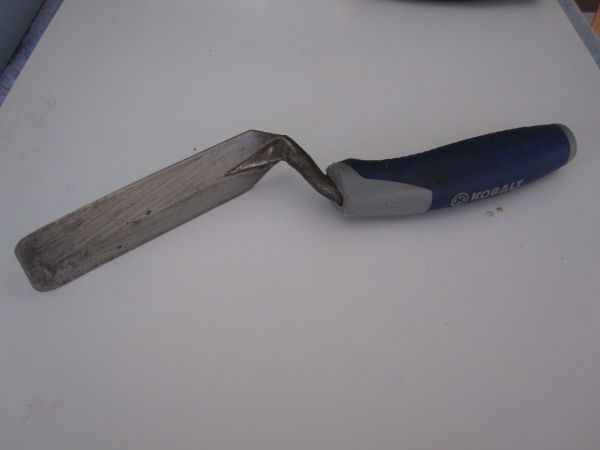I'm trying to avoid being to much of a "me too" answerer here, but I wanted to emphasize the parts of the existing answers that are my preference.
I highly recommend the tool that @Mancuniesis linked to, and also second his advice to keep the lawn itself healthy.
I'm a bit more of the organic type, so I tend to avoid herbicides as much as possible. I can say that it is possible to get good dandelion control sans herbicides if you're willing to keep up with the manual work. It's a small amount of work, but you can't let it wait, because, as @winwaed pointed out, it's very important to pull them before they go to seed. If you spend a few minutes each week early in the season attacking the weeds as they start to appear though the lawn, you can get the upper hand on them. I had a lawn that was pretty well infested, and after a couple of seasons of pulling them up with that Fiskars tool, the number of new weeds that came up each declined greatly.
And the Fiskars puller is an easy tool to use. I would sometimes leave it in an easy to reach place so I could yank a weed whenever I saw it, even if I was still in my office clothing. It will, of course, always leave a bit of root behind, but with a little persistance and a healthy lawn, the remaining roots will eventually be beaten back.



